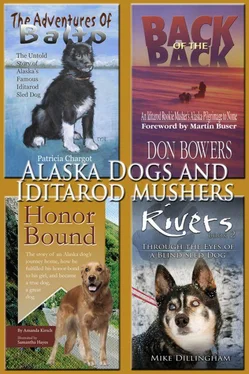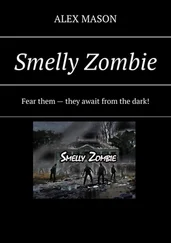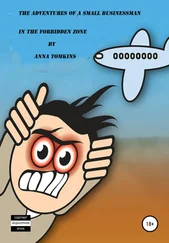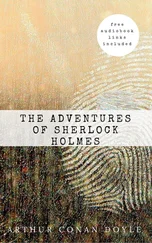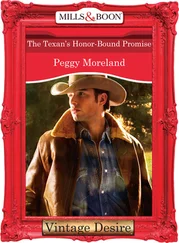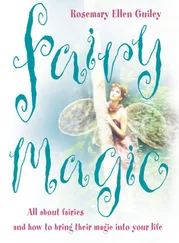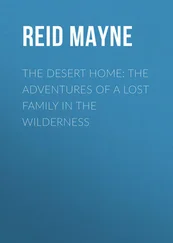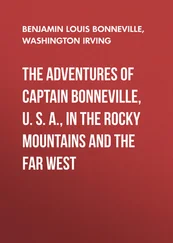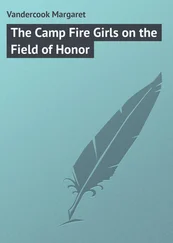My growing obsession with mushing and the Iditarod is seeping into every facet of my life. I’m not sure what to think, probably because I’m so totally involved in it all. When I confide my thoughts to Ron, he just smiles as if he’s seen this all before. At least the kids have an uncanny ability to bring me back to earth when I get too far out in left field. Come to think of it, so do the dogs….
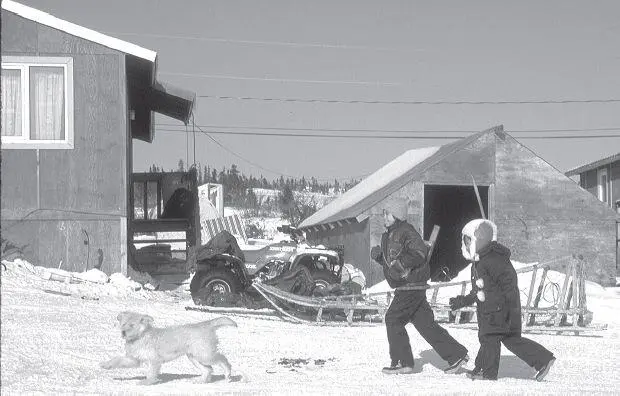
Village children — and their dogs — are omnipresent spectators at Iditarod checkpoints in the bush. Most towns along the race route let students out of school when the race teams come through.
September 30, 1994
Montana Creek, Alaska
The period after the fall equinox is the darkest time of year in Alaska. It’s also one of the most critical times for training, and we must cope with darkness as best we can.
Unlike November and December, there’s no snow on the ground to increase the albedo and multiply the light from the stars, moon, and aurora. The Northern Lights rarely come out much before midnight, and the waning harvest moon rises later and later each evening. With an overcast to shut out starlight, darkness at nine or ten in the evening becomes nearly absolute.
Now, at the end of September, days are growing shorter with dramatic rapidity. We lose six or eight minutes of daylight every 24 hours and our headlamps become ever more important. We lay in stocks of D-cell batteries and six-volt bulbs and resign ourselves to wearing the belt-clip battery packs like holstered pistols and the headbands with their attached reflectors like the crowns of some peculiar arctic royalty.
But inconvenience is quickly forgotten. The musher’s headlight is actually a magic scalpel to probe darkness and reveal things from another world — the nighttime world — in which man has never been more than a barely tolerated visitor. It’s not like donning high-tech night-vision goggles that bathe everything in green daylight. It’s not even like a car’s headlights, with their high-wattage halogen-enhanced highway illumination.
Rather, the musher’s headlamp presents its own view of night, strangely different and more focused than the wide-screen panorama humans are used to. It is a pencil of light that follows the gaze, constantly moving and dancing with the slightest head movement. The narrow beam creates an alternate reality in a series of thumbnail images as it dissects the blackness bit by bit. Perspectives alter, shapes mutate, shadows become real.
Easily the most arresting beacons in this parallel universe are the dogs’ eyes. Everyone has seen a cat’s eyes catch light and hurl it back. But not everyone realizes many dogs see as well in the dark as their feline antitheses. Dogs’ eyes in the headlamp beam can be unnerving in their intensity, perhaps because they are often so unexpected.
Most sled dogs have superb night vision and their eyes are among nature’s most efficient reflectors. However, they are keenly focused so they can be seen to best effect only when the illuminating beam originates virtually at the eyes of the viewer. The link between human eyes and canine eyes is established only when the beam forms a bridge of light directly between them. The headlamp becomes a luminous connection between minds, a direct communication pathway between different species in this alternate world of the night.
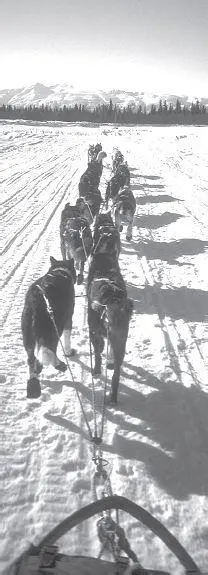
The dogs in the wheel position, just in front of the sled, are very important in steering. On sharp curves, they keep the sled from cutting across the corner. On twisting trails, they also do most of the actual pulling when the gangline is not straight enough to allow the power of the dogs up front to be transmitted efficiently to the rear.
At the other end of the mind-link, the crystalline intensity of the dogs’ eyes is astonishing. It is startling to those who are used to seeing dogs only in daylight, or in indirect illumination when eyes can at best catch a stray sparkle in their brown or bluish or amber depths. At night the dogs vanish in the probing beam of the headlight, to be replaced by pairs of diamond-bright, prismatically pure lasers radiating with the brilliance of the very brightest stars.
Colors are glimpses into the dogs’ inner beings. Ordinary brown eyes by day become piercing blue or green flames at night. Malemute and husky genes — whether or not they yield the familiar blue eyes — can reflect ruby red. But eyes of gold, glowing amber gems, signature of the wolf and its descendants, seem to shine brightest. They are like distant, powerful, mysterious quasars penetrating from beyond the edge of our familiar, neatly ordered, domestic universe.
Only at night do the dogs’ true selves emerge. Their eyes, in the revealing beam of the headlamp, are their pedigrees, their family trees. Indeed, their eyes are windows to their souls, and it is the rare musher who is not just a little awed by the rainbow-hued constellation of eyes in the night.
It is hard not to feel a primeval tremor from dozens of pairs of radiant eyes staring intently back from the enfolding darkness. It is an echo of our earliest forebears who saw the same gleaming eyes hovering just outside the mystic protection of their new-found fire. And there is no doubt these eyes are focused on us, marking our every move. They are waiting for us to bridge the gap and reestablish the age-old partnership between humans and dogs, waiting for us to renew the mutual bonds of trust and respect without which the lights in the night will remain as enigmatic as they were to our ancient ancestors.
October 6, 1994
Montana Creek, Alaska
I’m amazed how much progress we’ve made in barely a month and a half of serious training. It’s astonishing how quickly dogs get back into shape.
We have almost 300 miles on the dogs now, and they can easily average 10 miles an hour or better on runs of 10 and 15 miles pulling the small four-wheeler. They have completely shed their summer lethargy and are rapidly metamorphosing into first-rate athletes.
Barrie is running my dogs during the week, and I’m trying to hold my end of the bargain by making the long drive north up the Parks Highway every weekend. My Friday-night runs with the team are always late because it takes me so long to get out of town after school lets out for the week. This means I’m out on the roads and trails with eight or ten dogs sometimes well past midnight.
I always run with the four-wheeler lights off, using only my six-volt headlamp. It seems pitifully inadequate to guide a powerful dog team along narrow trails with sharp turns. The narrow beam usually vanishes in the utter blackness not far ahead of the lead dogs. It’s not even much good to illuminate the dogs themselves, and it’s sometimes difficult to see if a dog is having a problem, or if a neckline has broken or a dog is running on the wrong side of the gangline. I have to remind myself their night vision and their noses and their ears tell them far more than I can ever hope to experience even with the finest light.
Hanging on to the little four-wheeler as it bounces crazily through smothering blackness past overhanging brush and across roots in the trail becomes a challenge as the dogs come to understand their own collective strength. Their sense of triumph as they crest a difficult hill is palpable, as is their exuberance as they surge down the other side at 20 miles an hour.
I find it hard to believe I’m part of it, and I must remember I don’t have as much control over the dogs as I’d like to think. If they feel in the mood, they can easily drag the small four-wheeler even in gear with the parking brake set, with or without me on it. They can crack the whip on sharp curves and I swear they laugh when they do it. It is downright scary to think what they will be able to do with a sled, which pulls much more easily than the four-wheeler.
Читать дальше
